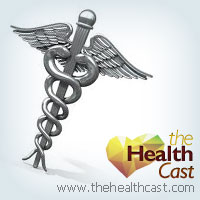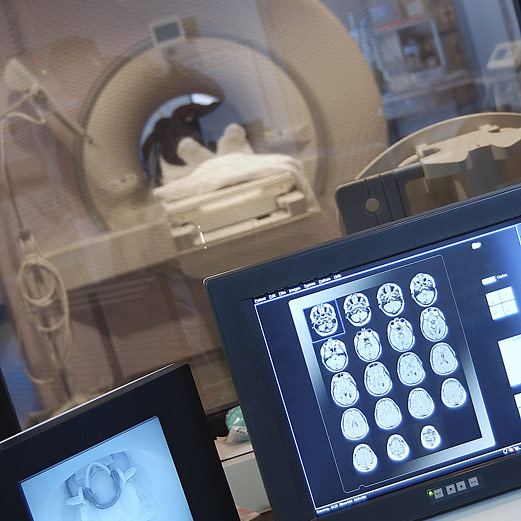
Here are some of the latest health and medical news developments, compiled by the editors of HealthDay:
Ex-Vice President Cheney Had Mild Heart Attack: Staff
Former Vice President Dick Cheney suffered a mild heart attack Monday and is likely to leave the hospital in a day or two, according to a statement released by his office on Tuesday, The New York Times reported.
He was admitted to George Washington University Hospital Monday after complaining of chest pain.
“Lab testing revealed evidence of a mild heart attack,” the statement said, and Cheney “underwent a stress test and a heart catheterization. He is feeling good and is expected to be discharged in the next day or two.”
Cheney, 69, has suffered four prior heart attacks — one in 1978 when he was 38, another in 1984 and a third in 1988, after which he underwent quadruple bypass surgery to unclog his arteries. A fourth attack occurred in late 2000, after he was elected vice president in the George W. Bush administration. Cheney received a stent to open an artery at that time.
According to CNN, Cheney also received an implanted heart monitoring device in 2001 to track his cardiac rhythm and slow it down if necessary. In 2008, after a recurrence of an abnormal heart rhythm called atrial fibrillation, Cheney underwent a procedure aimed at restoring a more natural cardiac rhythm.
Besides serving under former President Bush from 2001-2009, Cheney also served in the administrations of former Presidents Richard Nixon, Gerald Ford and George H.W. Bush.
—–
No Annual Dental Care for 1 in 5 U.S. Children
At least 20 percent of American children don’t see a dentist once a year, says a new study.
It also found that most states don’t have policies to guarantee access to cost-saving preventive dental treatments. Only six states received an “A” grade for their dental health policies, USA Today reported.
The study by the non-profit Pew Center on the States graded states on eight policies. Among the findings:
- Only 26 states have at least 75 percent of residents on community water supplies with adequate fluoride to prevent tooth decay.
- Just 17 states have programs to apply cavity-preventing dental sealants to children’s molars in at least 25 percent of schools with low-income children.
South Carolina was ranked first in the study, while New Jersey was ranked last.
“Americans will be spending $106 billion on dental care this year,” said Shelly Gehshan, director of the Pew Children’s Dental Campaign, USA Today reported. She said much of that spending is for treatments such as fillings and root canals, which have their origins in poor childhood dental care.
—–
HIV Drug Combination Poses Heart Risk: FDA
Two anti-HIV drugs pose potential heart risks when used together, the U.S. Food and Drug Administration warned Tuesday.
Taken in combination, Abbott Laboratories’ Norvir and a Roche medication, Invirase, can alter electrical activity of the heart, according to preliminary data reviewed by the FDA, the Associated Press reported.
The result may be irregular heart rhythms that can trigger fainting and even death.
Invirase was approved 15 years ago, the AP said. It is prescribed with Norvir and other anti-viral drugs to control HIV, the virus that causes AIDS, in adults.
The FDA said its information comes from data submitted by Roche and noted its review is continuing.
—–
Drug Companies Help Fund Doctors’ Schooling: Survey
Drug industry money was accepted by 55 percent of U.S. medical residency programs that train doctors in internal medicine, according to a survey conducted in 2006 and 2007.
This high level of financial support from drug makers occurred even though about 75 percent of the 236 internal medicine program directors who took part in the survey said such aid was “not desirable,” The New York Times reported.
Among the other survey findings:
- In programs that accepted funding, drug companies paid for educational materials in 83 percent of the programs, meals in 90 percent, office supplies in 68 percent, and drug samples in 57 percent.
- Drug industry money was accepted by 72 percent of medical residency programs in the southern United States, compared with 47 percent in the Northeast.
- The 55 percent overall rate of accepting drug industry money was down from the 88 percent level reported in a 1990 survey.
The survey, conducted by the Association of Program Directors in Internal Medicine, was published online in the journal Archives of Internal Medicine.
—–

